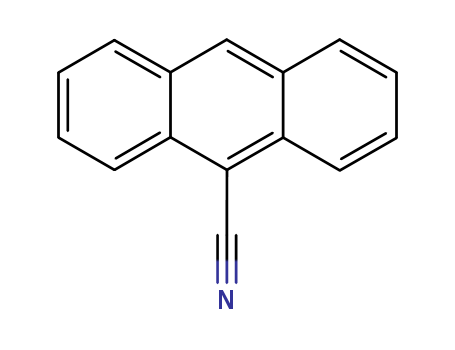10.1021/ja00234a014
The study investigates the photoinduced electron transfer reactions of trans-anethole (t-A) and cis-anethole (c-A), focusing on their isomerization, dimerization, and oxygenation processes. When irradiated in the presence of electron acceptors like 9-cyanoanthracene (CA) or 9,10-dicyanoanthracene (DCA), both t-A and c-A undergo trans,cis isomerization and dimerization to form various cyclobutane dimers, with the dimer ratio being sensitive to reaction conditions. The presence of oxygen quenches isomerization and dimerization, leading to the formation of oxygenated products like p-anisaldehyde. The study concludes that isomerization occurs via reverse electron transfer to generate triplet anethole, while dimerization proceeds via quasi-concerted [2 + 1] cycloaddition of cation radicals. The results also suggest that an acyclic 1,4-cation radical is not involved in these reactions, as no [2 + 4] dimers or 1,2-dioxanes are detected.



 Xn
Xn


